School District Standards for Universally Accessible Playgrounds
We have long understood the value of play in child development. Recess is not just a a time for students to blow off steam. They build important social connections, reset their body from sitting for long periods of the day, and get a chance to destress and disconnect for a bit. School Districts understand the high value of play for students are are examining how their districts playgrounds address this need for ALL students. They are wanting to develop school district standards for universally accessible playgrounds.
Maintaining the goal of universally accessible playground across the school district can be tough. Balancing an array of existing equipment and surfacing, with various community led improvements and capitol projects can be a dizzying task without a basic set of standards.
Developing School District Standards for Universally Accessible Playgrounds
We recommend that the following documents are the Backbone for your district wide standards for Universally Accessible Playgrounds.
- ADA Analysis – This can be of each site or larger districts could do a representative of different site types.
- ADA Transition Plan – This document highlights a road forward to transition into truly inclusive playgrounds.
- Design Templates and Prototypes for Playground Improvements – These templates lay out the framework for moving forward in the design of new and modifications of existing playgrounds. (Described Below)
- Tools for helping school communities implement universally accessible playground designs. You can find more on this item here.
Understanding the Guidelines
Starting at the existing standards is a good start. The American Disability Act addressed the need for playgrounds for everyone with their accessibility standards. ASTM has address assessible routes and materials. Using these resources exclusively can be complicated to hand to community members, they do not help assess your current needs, and can often leave you with a less then satisfactory result.
ADA Accessibility Guidelines (240 Play Areas, 1008 Play Areas)
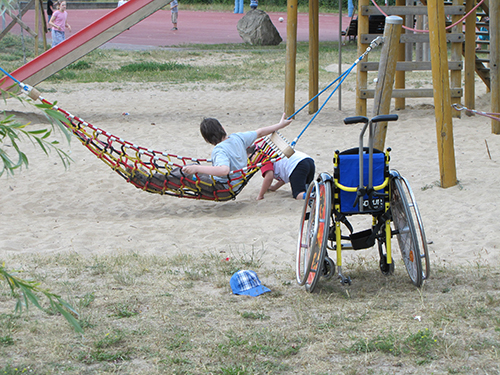
Documenting Your Current Playground Conditions
A good first start in the developing school district standards for universally accessible playgrounds is to evaluate your sites and understand what you have. This can be done through an playground ADA analysis and a ADA transition plan. These documents will address items like the following. How many school playgrounds are meeting ADA across the district? What is the access to, around and through the play spaces? What equipment is accessible? Does it meet minimum ADA? What is the quality of the surfacing. Universal documentation will help you grasp the level of need and understand the breadth of future tasks.
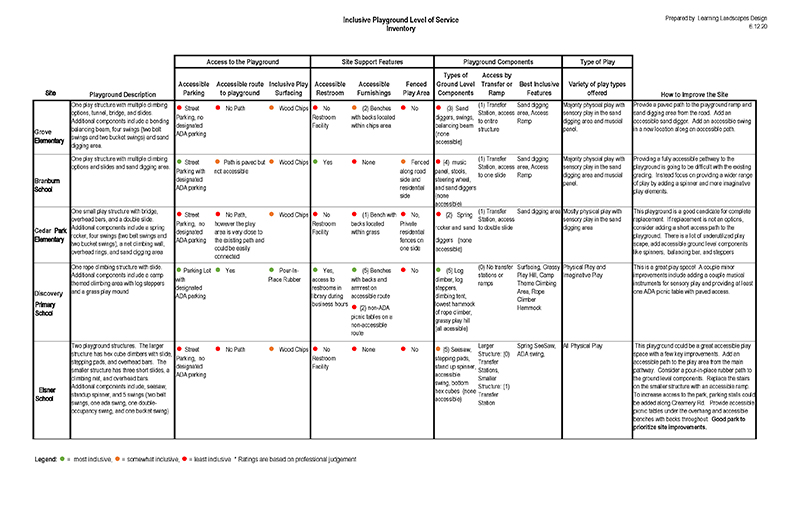
Universally Accessible Playground Inventory Assessment by Learning Landscapes Design
Design Templates for Playground Improvements
Now that you have identified what you have it is very important to identify where you want to go with new designs that address universal accessibility at each school. One of the keys to designing inclusive playgrounds is to divide the playground into zones. Zones are groupings of similar equipment (e.g., spinning, climbing, or swinging) that develop specialized play areas. This invites engagement between children of all abilities and gives choices to those who may be overstimulated by noisy or active zones. Within a given zone the template options will address the need for multiple levels of challenge.
For Example, The spinning zone that is pictured below three levels of challenge. Every student who plays in this zone is spinning at the same time at their chosen level of challenge. A child with poor postural control has equipment that supports them upright, and a child with sensory processing order can get vestibular motion as needed. Other zones may have only one piece of equipment because the piece has multiple ways to play on it creating a range a challenge. For instance, a basket swing, a child can sit, lay, or stand on it. A group of children can play on it or an aid and student or just one student.
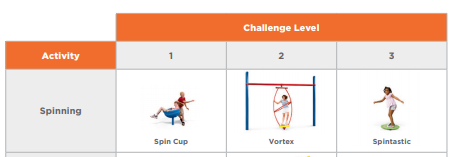 Image from Playworld
Image from Playworld
This is an example of how log climbing as a part of nature play works in zones. Low steppers for young users and those that need less challenge level 1. You can see the bottom of the transfer handle (grey) in the photo on the left. This provided a sturdy handle for transferring and general support. Mid height logs with taller pieces that can provide hand support or can be leaned on provide the level 2 challenge. It was also decided to switch surfacing materials here as most users are no longer using a mobility device while traversing in this area. Tall logs with climbing holds are provided with large use zones for users that like the feeling of climbing, finding prospect or are seeking the resulting impact from jumping, level 3.
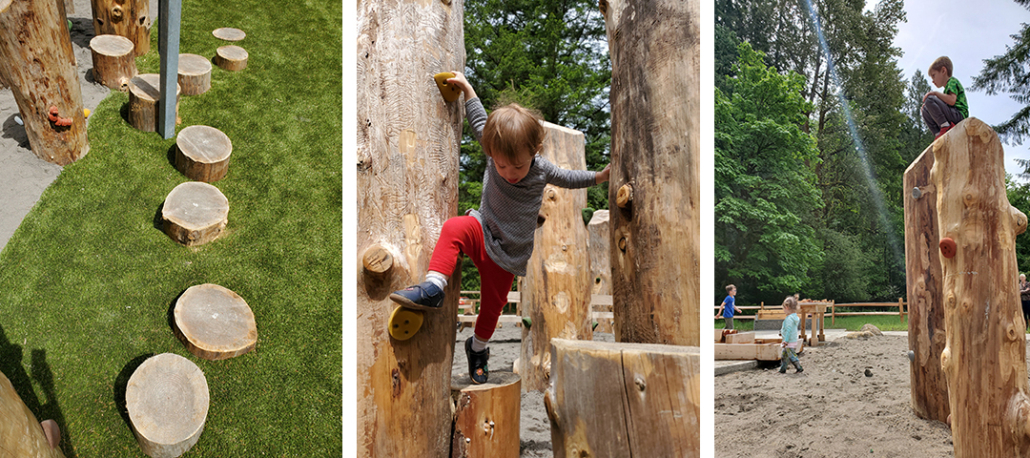
Examples from Learning Landscapes Design
Each playground in the school system is a different size and configuration. The design templates are presented with e 3-5 different options in each zone. When a school and/or PTA starts planning, they can say, “we want that option in the swinging zone, that pretend play zone, and that option in the climbing zone,” creating their own unique inclusive playground.
Physical play area will have a number of zone types. In the physical play category the options within each zone are often based on how much body support is provided for the activity. A higher rating requires a greater level of motor planning from the user. (See the example of level 1/2/3 above)
- Swings
- Motion (spinning, rocking, bouncing, swings)
- Climbing/sliding
- Loose parts
- Balancing/strengthening (obstacle/ninja course)
For play amenities that are less physical and users feet stay on the ground the zone can be based on different variables including; access to and around the space, reach ranges, table heights and table availability, and balancing sensory rich and sensory soothing spaces. Depending on your preference these may include:
- STEAM (Art, music, science, natural areas)
- Imaginative Play
- Gathering space and/or quiet retreat space
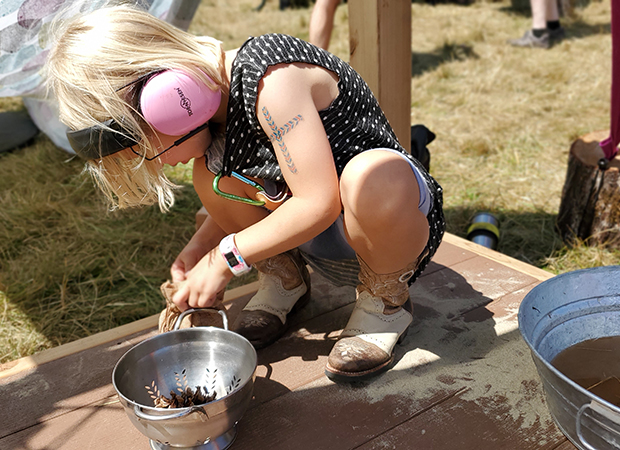
Prototypes Show How to Use the Design Templates
The other advantage of a zone approach to designing playgrounds is it lends itself to phased implementation. We will create a few prototype designs of options from different zones. These designs will be based roughly on the 6 sites visited previously. They will allow communities to understand how options within a zone can be combined to meet their needs. Then schools can find a site that is similar to theirs or combine a few prototypes into the vision for their school.
The intent of the zonal approach is to allow freedom within each design and allow the prototypes to be inspiring rather the restricting. We see the resulting standards as a combination of information, tools, and resources for schools to make design decisions that lead to spaces that meet the schools’ play needs and are universally inclusive.
Tools For Communities To Engage with Inclusive Playground Design at Their School
When a new playground is in the planning stages the following tools will help the planning group to understand the basics of ADA, surfacing, fund-raising, and who to go to for equipment. The following materials ensure that each planning group is on the same page on creating an inclusive playground that meets the district’s values. It is also a single source for their planning needs. We see these elements fitting into one design package and training.
- Introduction Webinar
- Building Your Team
- An Introduction to ADA
- Why is Inclusive Design So Important
- Introduction to the Zone Design Template
- An Introduction to Surfacing
- Vendor List
- Funding Resources
- Volunteer Guidelines
We have another post on these items specifically and you can read more about these here.
School District Standards for Universally Accessible Playgrounds
With a well designed plan a district can transition their existing playgrounds across the district to universally accessible play areas. These play areas include spaces to support a large range of abilities. If you would like to talk about how your school district can create universal playground standards please reach out.
These School District Standards for Universally Accessible Playgrounds were create by the following professional firms.
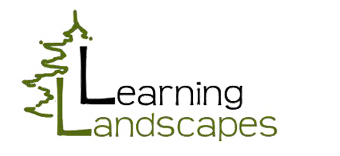

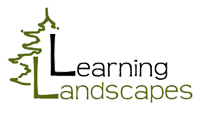


Trackbacks & Pingbacks
[…] the Backbone for your district wide standards for Universally Accessible Playgrounds. You can see a detailed description of these deliverables here. In this post we are looking at item […]
Comments are closed.